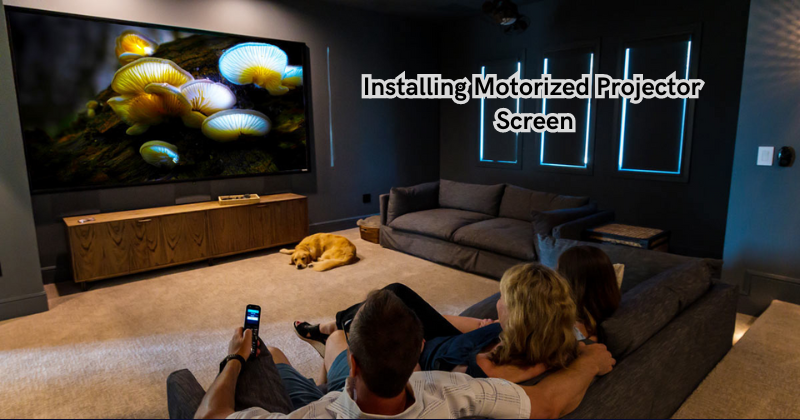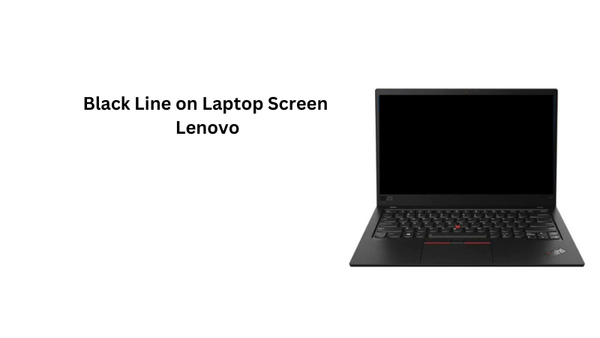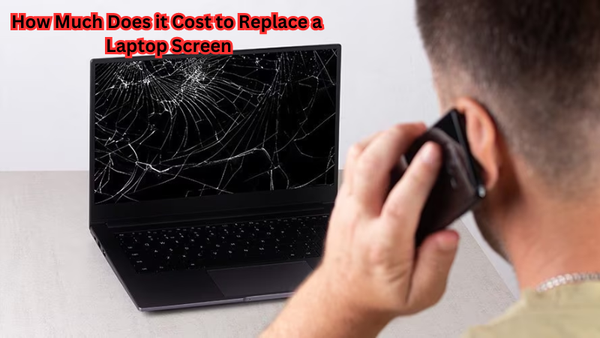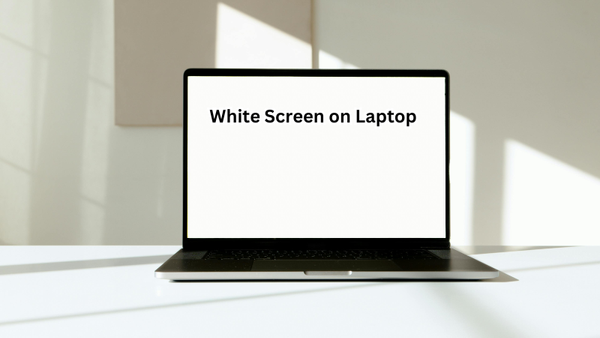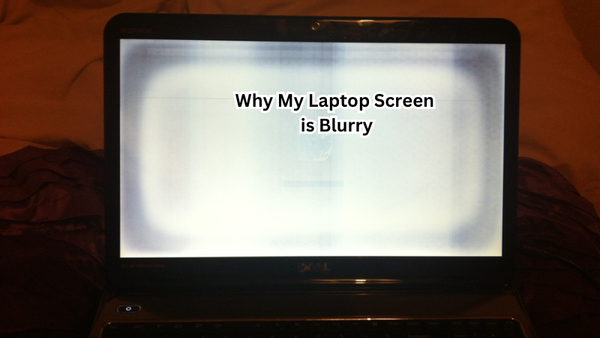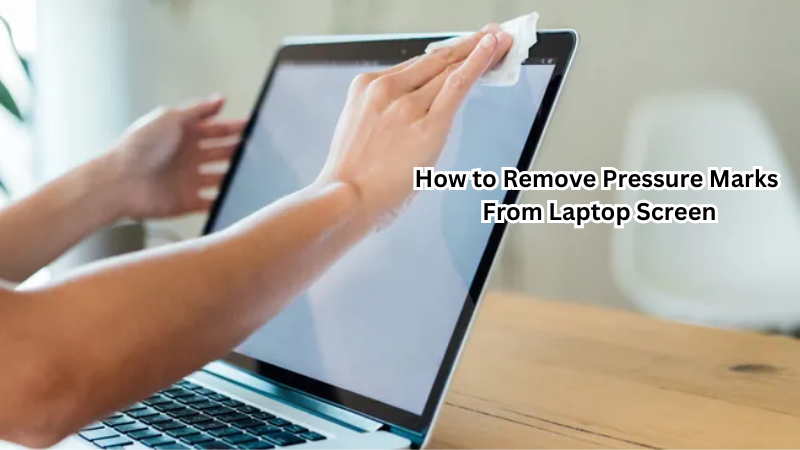Are you looking to enhance your entertainment or presentation setup with a touch of modernity and convenience?
The installation of a motorized projector screen offers a seamless solution.
By effortlessly lowering and retracting at the touch of a button, these screens elevate the viewing experience while adding a sleek, professional aesthetic to any space. Whether it's for a home theater, office, or classroom, the process of installing a motorized projector screen involves careful consideration of placement, electrical requirements, and integration with control systems.
In this guide, we'll delve into the crucial steps and best practices for a successful installation, ensuring that you can enjoy a hassle-free and immersive viewing experience tailored to your specific needs.
What is a Motorized Projector Screen, and How Does it Work?
A motorized projector screen is a type of projection surface that can be raised and lowered electronically. It consists of a flexible material, usually made of vinyl or fabric, stretched over a metal frame.
The screen is attached to a motorized roller mechanism that raises and lowers the screen with the push of a button or activation from a control system.
The motor used in these screens is typically an electric motor, although some may also use rechargeable batteries for added convenience. The screen material is designed to be durable and provides a smooth surface for optimal image projection. Once installed, the motorized projector screen can easily blend into any space and become virtually invisible when retracted. Projection screen sizes can vary, from small portable screens to large built-in models.
Benefits of an Electric Projector Screen
Aside from the obvious convenience of being able to effortlessly control the screen's movement, there are several other benefits to installing a motorized projector screen.
- Space-saving: Unlike traditional fixed screens, a motorized projector screen can be lowered or retracted when not in use, freeing up space for other purposes. This is especially useful in smaller rooms or spaces where every inch counts.
- Ease of use: With the simple push of a button, the screen can be raised or lowered to your desired height, eliminating any need for manual setup or adjustments. This makes it ideal for individuals with mobility issues or frequently host presentations or movie nights.
- Improved image quality: Motorized projector screens are designed to provide a flat, tensioned surface for optimal image projection. This translates to brighter, sharper images and more accurate colours compared to traditional fixed screens that may have wrinkles or creases.
- Professional aesthetic: The sleek design of a motorized projector screen adds a modern, professional touch to any space. With no visible cords or clutter, the screen can seamlessly blend into the room's design.
So, electric screen installation not only offers convenience but also enhances the overall viewing experience.
Factors to Consider in Choosing Your Motorized Projector Screen
Before purchasing a motorized projector screen, there are a few factors to consider to ensure it meets your specific needs and preferences. These include:
- Screen material: There are various screen materials available, each with its unique characteristics. Some offer enhanced image quality, while others provide better durability or resistance to ambient light. Consider the intended use of the screen and choose one that best suits your needs.
- Size and aspect ratio: Motorized projector screens come in different sizes and aspect ratios, so it's essential to choose one that fits your space and projection requirements. Keep in mind the distance between the screen and projector, as well as the viewing angle, for optimal image quality.
- Gain and viewing angle: The screen's gain refers to its ability to reflect light, affecting the overall brightness of the projected image. A higher gain is ideal for rooms with ambient light, while a lower gain provides more accurate colour reproduction. Consider the viewing angle as well, especially for larger screens, to ensure everyone in the room has an optimal viewing experience. Throw distance and projector compatibility should also be taken into account.
- Control options: Most motorized projector screens can be controlled with a remote, but some models also offer integration with control systems like universal remotes or smart home devices. Make sure to choose one that is compatible with your preferred control method.
- Installation and mounting options: Depending on the space and room layout, you may need to consider ceiling or wall mounting for your motorized projector screen. Mounting brackets and hardware may need to be purchased separately, so factor these in when budgeting for your installation.
These are just a few of the essential factors to consider when choosing your motorized projector screen to ensure you get the best possible viewing experience. Screen assembly, installation and electrical requirements will also vary depending on the brand and model chosen.
Installation Process for Motorized Projector Screens
Once you have chosen the right motorized projector screen, it's time to install it in your space. The following steps outline a general installation process, but it's always best to refer to the manufacturer's instructions for specific models.
Choosing the Right Screen:
Before investing in a motorized projector screen, it's essential to consider the specific requirements of your space and setup.
Some key factors to keep in mind include your projector's size and aspect ratio, ambient lighting conditions, and intended use (e.g., watching movies or giving presentations).
It's also crucial to select a screen that complements your space's overall design and decor. Motorized projector screens come in various materials, colours, and patterns, so take the time to research and choose one that best suits your aesthetic preferences.
Placement Considerations:
When it comes to placing the motorized projector screen, there are a few critical factors to keep in mind. First and foremost is ensuring that the screen is positioned appropriately for optimal viewing. This will depend on the type of projector and seating arrangement in your space.
Additionally, if you plan on using the screen for both front and rear projection, make sure that it's installed with a dual-purpose material to allow for maximum versatility. It's also essential to consider potential obstructions or obstacles that may interfere with the smooth operation of the screen.
Electrical Requirements:
Since motorized projector screens require a power source to operate, it's crucial to plan for and install the necessary electrical outlets.
It's recommended to have an electrician assess your space and determine the appropriate placement of outlets and wiring for seamless integration with your screen. Power cable management should also be considered to ensure a clutter-free and safe installation.
Additionally, suppose you're installing multiple screens or incorporating other electronic devices into your setup. In that case, it's crucial to ensure that there are enough electrical outlets and that they're properly wired for safe and efficient use.
Integration with Control Unit Systems:
To fully optimize the convenience and functionality of a motorized projector screen, it's essential to integrate it with a control system.
Depending on your preference and budget, this can include remote controls, wall switches, or even smartphone apps. Radio frequency (RF) and infrared (IR) are the two most common control methods for motorized projector screens, so make sure to choose one that is compatible with your chosen control system.
Before installation, test the compatibility of your screen with different control systems and choose one that offers smooth and reliable operation. For added convenience, consider investing in a programmable control system that allows for automated routines and customization options.
Finalizing the Installation:
Once all of the necessary preparations have been made, it's time to install the motorized projector screen. Most screens come with screws, mounting brackets and hardware, but make sure to double-check that everything is included and compatible with your chosen screen and space. Screen case, motor, and control unit placement should also be taken into consideration for a seamless and streamlined installation.
Maintenance Tips for Motorized Projector Screens:
Now that your motorized projector screen is installed and ready for use, here are some tips to keep it in top condition:
- Regularly clean the screen surface to remove dust and other debris that can affect image quality.
- Keep the motor and control unit free of dust and dirt buildup for smooth operation.
- Avoid touching the screen surface with bare hands, as oils from your skin can damage the material over time.
- If possible, use a surge protector to protect the screen and other electronic devices from power surges and fluctuations.
- Make sure to follow the manufacturer's instructions for any maintenance or troubleshooting procedures to avoid damaging your screen.
FAQs
What is the difference between manual and electric projector screens?
Manual projector screens require manual operation to raise and lower the screen, while electric projector screens use a motor for automatic operation. Plus, electric screens offer more convenience and customization options with control unit integration.What is the difference between manual and electric projector screens
Do all projectors have mounting holes?
Not all projectors have mounting holes, so it's important to check the specifications of your projector before purchasing a mount.
Can I use a motorized projector screen with an outdoor projector?
Yes, there are motorized projector screens designed specifically for outdoor use. Just make sure to choose one suitable for outdoor conditions and compatible with your chosen control method.
What is a smart projector screen?
A smart projector screen is a motorized screen that offers advanced features such as remote control, voice control, and integration with other smart home devices. They offer added convenience and functionality for an enhanced viewing experience.
Conclusion
In conclusion, installing a motorized projector screen brings a touch of sophistication and practicality to any entertainment or presentation space.
By carefully considering factors such as placement, electrical requirements, and control system integration, you can ensure a seamless and enjoyable viewing experience. These screens' convenience and modern appeal make them a valuable addition to home theatres, offices, and educational environments.
With the right installation approach, you can transform your space into a dynamic visual content hub, whether for movie nights, professional presentations, or educational sessions.
Embracing the possibilities offered by a motorized projector screen installation unlocks a new realm of immersive viewing experiences, setting the stage for enhanced entertainment and impactful presentations.
